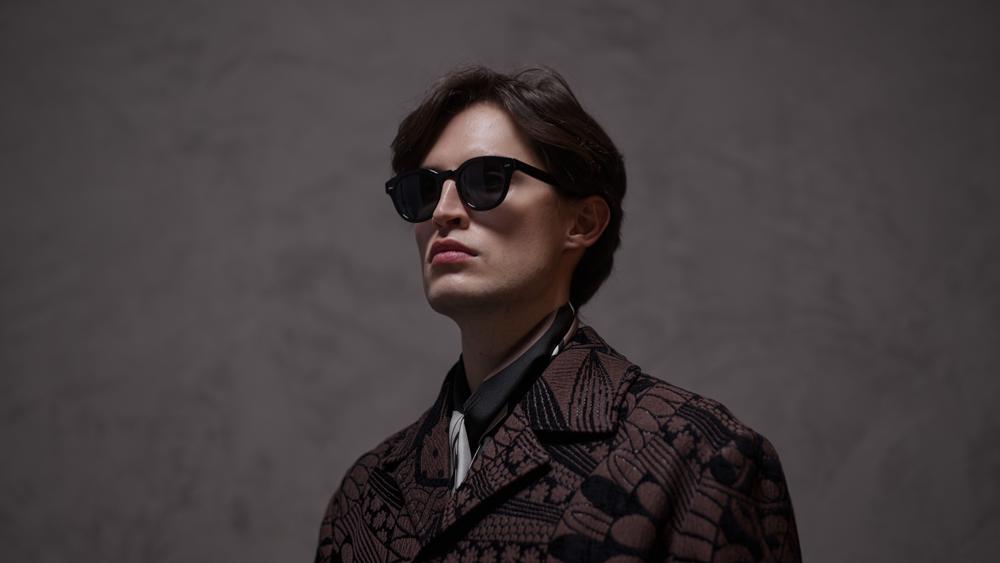Collection: Tyler Shields
Embark on a journey through the dynamic and thought-provoking world of Tyler Shields, a visionary artist renowned for his groundbreaking contributions to contemporary photography. From his early controversial works to his more subtle and poetic explorations of color and emotion, Shields' evolution as an artist reflects a profound commitment to pushing boundaries and challenging conventions. In collaboration with Limitato, we celebrate Shields' remarkable career, showcasing his diverse portfolio that captures the essence of modern-day culture and identity. From his captivating portraits of Hollywood stars to his exploration of themes like power, obsession, and fantasy, Shields' artistry transcends traditional notions of celebrity photography. Experience this exclusive collection that blurs the lines between art and fashion, offering a unique perspective on the complexities of the human condition in the 21st century.


